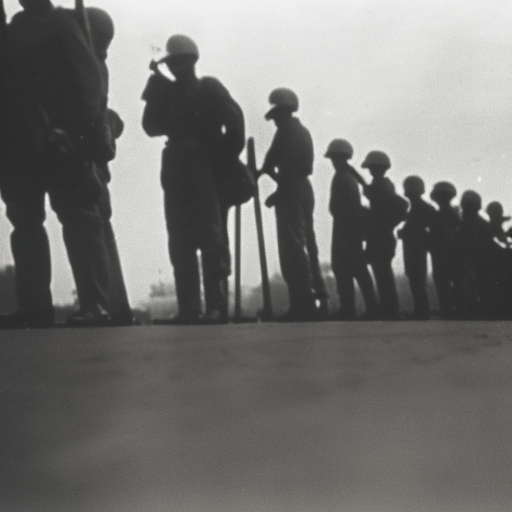Summary: March on Washington for Jobs and Freedom
The March on Washington for Jobs and Freedom was a historic civil rights demonstration that took place on August 28, 1963, in Washington, D.C. It was organized by a coalition of civil rights, labor, and religious organizations, and attracted an estimated 250,000 participants. The march aimed to advocate for civil rights legislation, economic equality, and an end to racial segregation and discrimination.
The Background:
The 1960s was a tumultuous period in American history, marked by widespread racial segregation and discrimination against African Americans. Despite the gains made by the civil rights movement, many barriers remained, particularly in the areas of voting rights, employment opportunities, and access to public facilities. The March on Washington was a response to these ongoing injustices.
The Organizers:
The march was organized by a group of civil rights leaders, including A. Philip Randolph, the president of the Brotherhood of Sleeping Car Porters, and Bayard Rustin, a prominent civil rights activist. They formed the coalition known as the “Big Six,” which included leaders from the National Urban League, the Southern Christian Leadership Conference (SCLC), the Congress of Racial Equality (CORE), the Student Nonviolent Coordinating Committee (SNCC), and the National Association for the Advancement of Colored People (NAACP).
The Goals:
The primary goals of the march were to advocate for civil rights legislation, specifically the passage of the Civil Rights Act, which would ban racial segregation in public accommodations, and the Voting Rights Act, which would protect the voting rights of African Americans. Additionally, the march sought to address economic inequality and demand equal job opportunities for all Americans.
The March:
On August 28, 1963, participants gathered at the Washington Monument and marched to the Lincoln Memorial, where the main program took place. The march was peaceful and well-organized, with participants carrying signs and banners advocating for civil rights and economic justice. Notable speakers included civil rights leaders such as Martin Luther King Jr., John Lewis, and Roy Wilkins.
Martin Luther King Jr.’s Speech:
The highlight of the march was Martin Luther King Jr.’s iconic “I Have a Dream” speech. In his address, King called for an end to racial discrimination and segregation, envisioning a future where people would be judged by the content of their character rather than the color of their skin. His powerful words resonated with the crowd and have since become one of the most famous speeches in American history.
The Impact:
The March on Washington had a significant impact on the civil rights movement and American society as a whole. It helped to build public support for civil rights legislation, and just one year later, the Civil Rights Act of 1964 was signed into law. The march also brought attention to the economic struggles faced by African Americans and contributed to the passage of the Economic Opportunity Act, which aimed to address poverty and inequality.
Legacy:
The March on Washington for Jobs and Freedom remains a pivotal moment in the history of the civil rights movement. It demonstrated the power of peaceful protest and collective action in effecting social change. The event also highlighted the importance of coalition-building and the unity of diverse groups in pursuit of a common goal. The march continues to inspire activists and serves as a reminder of the ongoing struggle for equality and justice.












